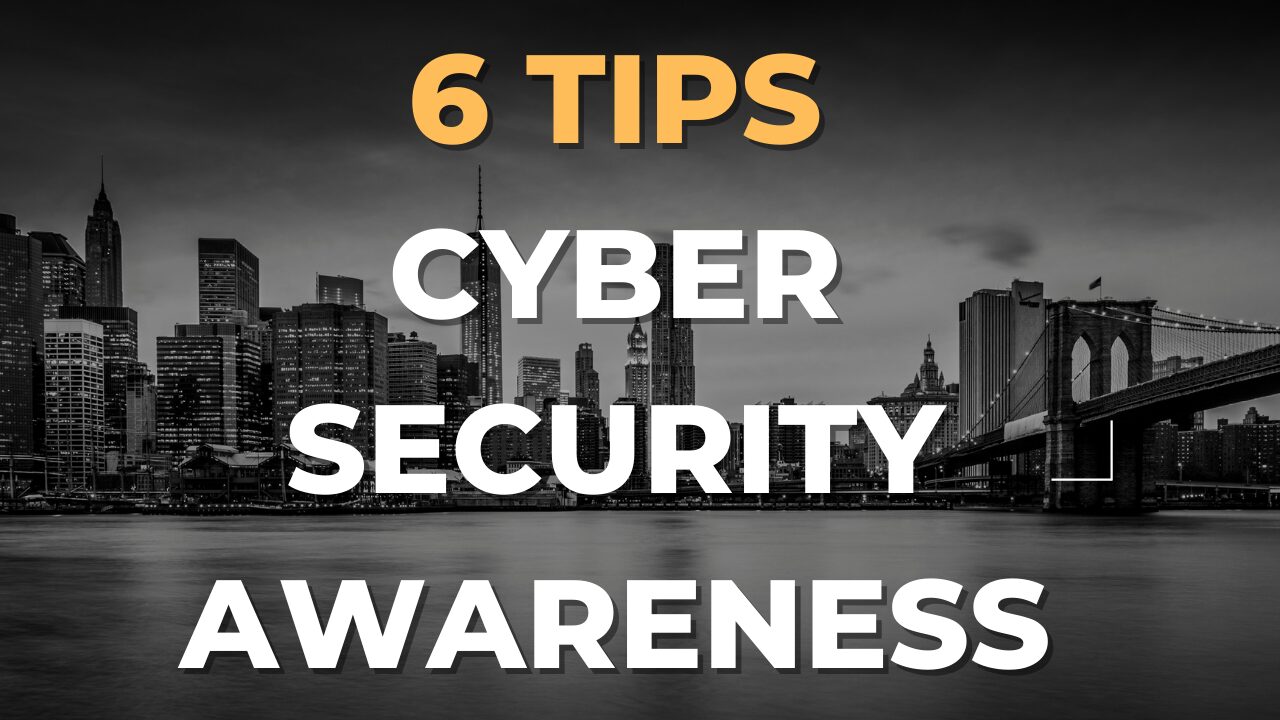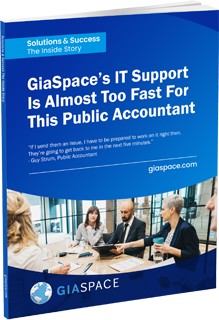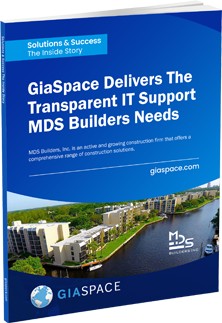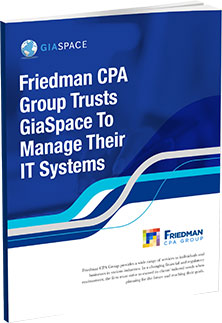Broadband Internet & Vice President Kamala Harris
The VP, Kamala Harris, called on all United States internet service providers to promote the plan to offer more affordable broadband options for clients. The Federal Communications Commission (FCC) declared that around 10 million individuals have backed up the Affordable Connectivity program (ACP).
Addressing citizens at a White House occasion, Harris claimed that more than 42 million individuals in the US still have no access to high-speed internet. She further stated that affordability is the key and acknowledged that ACP enrollment figures as a historic achievement to ensure that the US is fully connected to the internet.
The VP argued that Americans find it hard to access reliable high-speed internet due to the high cost. More than half of Americans lacking high-speed internet cite the high cost as the hindering factor. But with ACP, one in four American households are now capable of receiving a monthly discount on their monthly bill.
The ACP was launched in 2021 to replace the Emergency Broadband Benefit Program by providing a $30 monthly discount on broadband service for most homes or $75 monthly for tribal lands.
Here is what you need to know about broadband internet.

What is Broadband Internet?
The FCC defines broadband internet as a minimum of 25 Mbps download and 3Mbps upload speeds. It offers high-speed internet access through various technologies like fiber optics, satellite, wireless, and cable DSL.
Types of Broadband Internet Services
Broadband entails several high-speed transmission technologies like:
Digital Subscriber Line (DSL)
DSL is a wireline transmission technology that transfers data faster over traditional copper telephone lines, mainly found at homes and organizations. DSL-based broadband offers transmission speeds of about a hundred kbps to millions of bits per second (Mbps).
The availability and speed of your DSL service may rely on the distance from your home or firm to the closest telephone organization facility.
Types of DSL technologies include:
- Symmetrical Digital Subscriber Line (SDSL): applied mostly by firms for services like video conferencing, which requires outstanding bandwidth both upstream and downstream.
- Asymmetrical Digital Subscriber Line (ADSL): mainly applied by residential clients like internet surfers who receive a lot of data but send less. It usually offers faster speed in the downstream direction than the upstream direction. ASDL permits faster downstream data transmission over the same line used to offer voice service without hindering basic telephone calls.
High-speed forms of DSL mainly used for business entails:
- Very High data rate Digital Subscriber Line (VDSL)
- High data rate Digital Subscriber Line (HDSL)
Fiber
Fiber is a broadband internet technology that transforms electrical signals carrying data to light and transmits the light through transparent glass fiber about the diameter of human hair. It sends data faster, exceeding current DSL or cable modem speeds, typically by tens or hundreds of Mbps.
The fiber speed you experience will vary based on elements like how close to your computer the service provider brings the fiber and how the service source configures the service incorporating the amount of bandwidth used. It is also important to note that the same fiber offering your broadband can concurrently deliver voice (VoIP) and video services such as video-on-demand.
Technology variation runs the fiber to the client’s household or firm, the curb outside, or a location between the client and provider’s facilities.
Satellite
Besides offering connectivity for telephone and television services, satellites can also provide a connection for broadband. It gives another form of wireless broadband and is significant in serving remote or sparse populated regions.
Satellite’s upstream and downstream speeds rely on elements like the provider and service package purchased, the client’s line of sight to the orbiting satellite, and the weather.
With satellite broadband, you can expect to download at a faster rate of about 500kps and upload at a speed of 80kbps.
These speeds may be slower than DSL and cable modem, but they are 10 times faster than the download speed with dial-up internet access. However, satellite services can be interrupted in extreme weather conditions.
Cable Modem
Cable modem service allows operators to offer broadband through coaxial cables that deliver pictures and sounds to your television set.
A variety of cable modems are external devices with two links: one to the cable wall outlet and the other to a computer. The cable modem offers a conversion speed of 1.5 Mbps or more.
You can access your cable modem service by turning on your computer without dialing an ISP. You can still use it while watching cable TV. Transmission speeds vary based on the type of cable modem, traffic load speeds, and cable network.
Broadband over Powerline (BPL)
BPL is broadband over the existing low-and medium-voltage electric power distribution network. Its speeds are comparable to DSL and cable modem speeds.
Broadband over powerline can be offered in households using existing electrical links and outlets. It is a form of emerging technology that can be made available in minimal regions.
BPL has significant potential because power lines are installed virtually everywhere, easing the need to establish new broadband facilities for clients.
Wireless
Wireless broadband links households or firms to the internet using a radio connection between the client’s location and the service source facility. It can be either mobile or fixed.
It is a form of broadband internet that uses a more extended range of directional materials to provide services in remote or sparsely populated regions where DSL or cable modem service is costly. Wireless speeds are comparable to DSL and cable modem, and an external antenna is customarily required.
A fixed wireless broadband internet access permits you to access the internet from a fixed point while stationary. It usually needs a direct line of sight between the wireless transmitter and receiver. These services have been provided using both licensed spectrum and unlicensed gadgets. For instance, thousands of local wireless Internet Service Providers (WISPs) offer such wireless broadband at speeds of around one Mbps using unauthorized gadgets, often in rural regions not served by wireline or cable broadband networks.
Wireless Local Area Network (WLAN) offers wireless broadband access over a shorter distance. It is mainly used to extend access of a last-mile wireline or fixed wireless broadband links within a household, learning institution, or building.
Wi-Fi networks apply unauthorized devices used for private access within a home or firm. It can also be used for public internet access at hot spots like restaurants, airports, city parks, and coffee shops.
Wireless broadband also provides mobile services for telephone service providers. The services are mainly effective for highly-mobile customers who need a special PC card with a developed-in antenna plugged into a user’s computer. Typically, wireless broadband offers lower speeds of several hundred kbps.
What Broadband Speed do You Need?
Gaming, downloading large files, and streaming HD videos consume the most bandwidth. To accomplish a virtually seamless encounter with less struggle, you may want to use a speed plan of 100 Mbps and above.
For other experiences like streaming music video conferencing, anything beyond 25 Mbps should be adequate. It all relies on your level of patients with potential slightly slower speeds when other households are competing for bandwidth and their actions.
Choosing a Broadband Internet Provider
It all relies on your area of residence. If you reside in the city or suburbs, you will have various broadband internet providers from the list above. People from rural areas lack variety and are restricted to only available service providers even if they have a slow internet rate.
To choose the right internet service provider (ISP), you have to narrow it down to:
- Searching for availability in your area
- Determine the amount of bandwidth you require
- Compare plans, costs, and speeds of a few ISPs in your region
- Select a reliable provider that matches your requirements.
The Roll Out of Affordable Connectivity Program
The FCC officially replaced EBB with ACP, a subsidy program that provides more than $14 billion in support for broadband users.
Congress mandated the development of the ACP as part of the infrastructure investment and jobs Act, which became a policy in November 2021. An affordable connectivity program extends the EBB with many such changes.
The EBB was established in May 2021 and charges qualified homes up to $50 monthly as broadband bill or $75 monthly if the household was on tribal land. Under this program, more than 1000 fixed and mobile broadband providers signed on to provide services through the scheme.
However, under the ACP, the maximum household benefit will be lowered to $30 monthly for most homes while maintaining the benefit for those on tribal lands. Qualified homes will also receive a one-time discount of up to $100 to purchase desktops, tablets, or laptops.
Generally, the ACP scheme will add new ways to be eligible for the broadband benefit, making it accessible for individuals who get WIC benefits or have an income at or below 200% of the federal poverty level.
The program ensures that current Pell Grant recipients and scholars who get free and discounted school lunches will also qualify.
GiaSpace Provides Reliable and Dependable Security Services for Miami, Fort Lauderdale, and Palm Beach Businesses
Whereas access to high-speed internet is essential towards enhancing your business or household internet experience, you need to partner with a reliable IT support team.
Access to high-speed internet will enable your business to operate and compete efficiently in the developing market. It is infuriating when IT issues slow your business operations or household activities.
At GiaSpace, we keep your business and clients connected and secured simultaneously. We offer services ranging from the company’s software phone system to managing cybersecurity issues.
We provide a full array of IT support services, giving you the capacity to hire our services based on your demands. Whether working as your sole IT partner or being an extension of your in-house team, GiaSpace group can customize an extensive management and monitoring schedule for IT infrastructural needs.
Contact us today to start enjoying quality IT support services.







